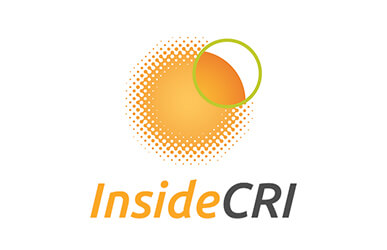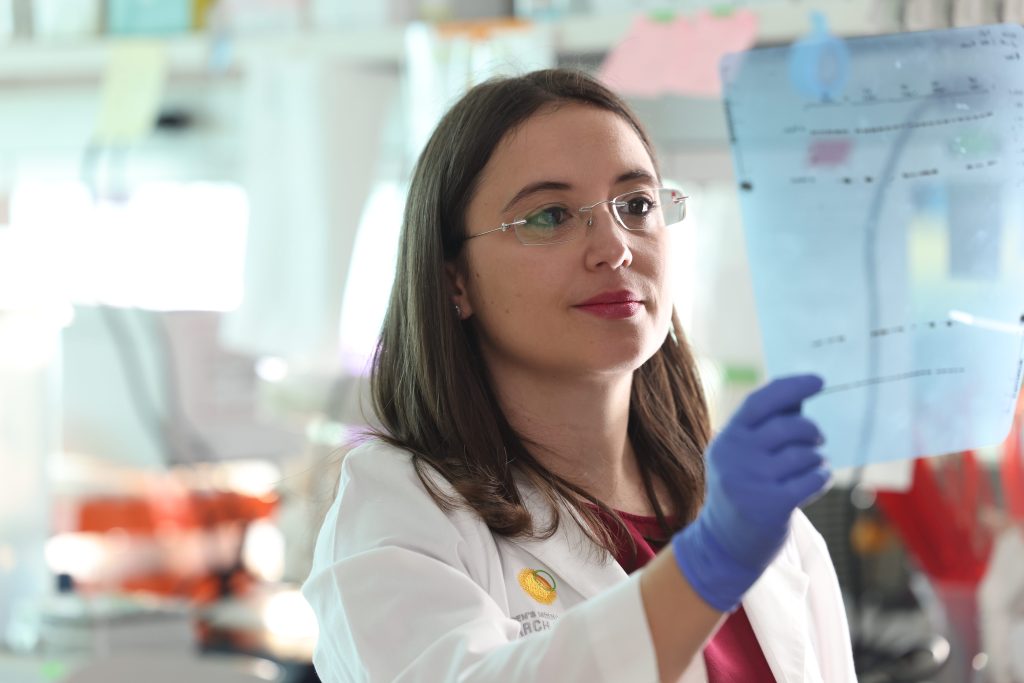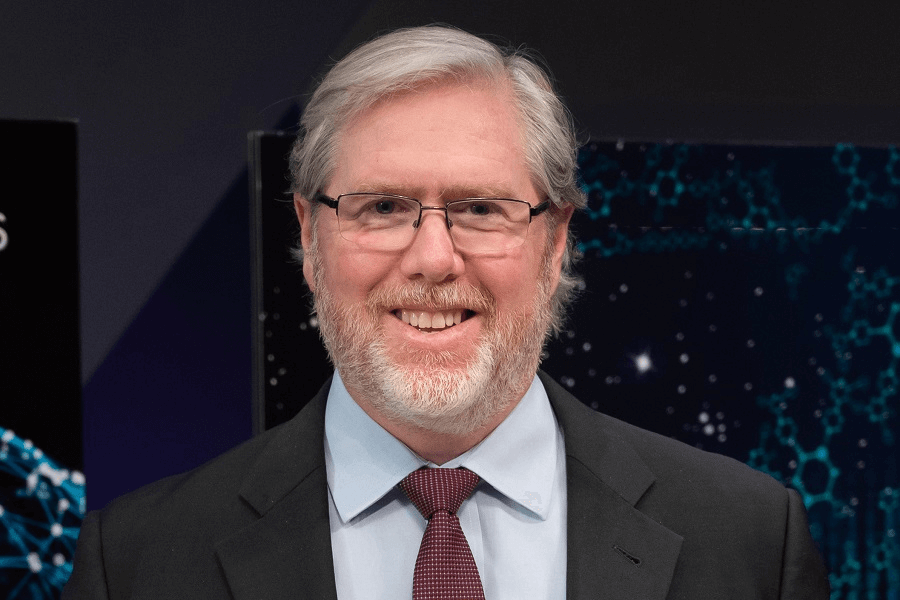
A new model for testing stem cell therapies carries multiple risks
Sean J. Morrison, Ph.D., Director of the Children’s Research Institute
The Japanese government recently created a new regulatory process that provides a faster way to bring potential stem cell therapies to market. Japan wants to be an international leader in stem cell therapy, and the country is building an entire research and development infrastructure around that goal. Late last year, the first therapies were approved under Japan’s new review process. This development raises a number of concerns for the future of stem cell research and related treatments.
Stem cell research has the potential to yield a whole spectrum of new therapies for incurable diseases. There is an ongoing discussion about the appropriate way to regulate the therapies to ensure they are safe and effective. In the United States, the Food and Drug Administration oversees the marketing of drugs and medical treatments to the public, and they get criticized on both sides of this issue. Some believe the FDA unnecessarily delays patient access to new therapies. Others believe the FDA should require more pre-market testing to ensure products are safe and effective before they are made available to patients and their doctors. It’s important to understand the FDA’s role. The agency provides a systematic, rigorous and predictable process by which companies have to prove that new therapies are safe and effective before they can be sold to the public. Individual physicians and patients don’t have the capacity to evaluate which new therapies are safe and effective, how they should be administered, or precisely which patients are most likely to benefit.
For this reason, the FDA oversees a process in which new therapies are tested through three phases of clinical trials: Phase 1 involves testing for safety in small numbers of patients, Phase 2 involves testing for preliminary evidence of efficacy in modest numbers of patients, and Phase 3 tests for conclusive evidence of safety and efficacy in large clinical trials, often conducted simultaneously at major medical centers. This process typically requires years to complete and costs hundreds of millions of dollars.
The FDA convenes panels of experts to provide guidance to companies on how to test their products in clinical trials and to evaluate the results. They determine whether the evidence of safety and efficacy is strong enough to begin marketing the therapy to patients, and they identify the medical indications for which the therapy can be marketed. While the FDA approval limits the indications for which a company can market a therapy, once a therapy is FDA-approved, physicians can administer the therapy in whatever way they want. In this way, the FDA is a gatekeeper that protects patients from therapies that are dangerous or don’t work (snake oil), but they do not regulate how physicians practice medicine.
In the realm of stem cell therapies, the FDA is being pressured from three directions to alter the current process. First, there are well-meaning groups who want the FDA to ease the review process so that new therapies might be available sooner to patients who have no other options. Second, there are companies that spend hundreds of millions of dollars to develop new therapies and who would like to make the approval process more efficient. Third, there are snake oil salesmen who would like to create or exploit loopholes in FDA regulation to market unproven therapies that are often not based on sound science to desperate patients who have run out of options and who are willing to pay for unproven therapies. Even if the therapies have only a small chance of working, desperate patients have a remarkable capacity to suspend disbelief, to buy a little hope.
The groups pressuring the FDA are pointing to the new regulatory process for regenerative therapies in Japan. There, a company seeking approval to sell a new treatment is only required to show limited safety data before receiving the go-ahead to bring the therapy to market. One Japanese company that recently received fast-track approval for clinical use of a new stem cell therapy for people who have suffered cardiac arrest carried out a Phase 2 trial that involved only seven patients.
Now they are able to start selling the therapy to patients, without performing a Phase 3 clinical trial. However, within five years, the company must provide additional data from the patients that use the therapy to further evaluate whether it is safe or effective. Proponents of this system point out that this will significantly accelerate the process by which patients get access to new therapies. Opponents note that therapies will now be sold to patients in Japan before it is clear whether they are safe or effective.
A key concern about the new Japanese model is that potential treatments will not be evaluated within the context of proper, controlled clinical trials: side-by-side comparisons of new therapies with the best therapy currently available to compare safety and efficacy. Rather, regulators will have to try to infer safety and efficacy without a controlled side-by-side comparison, based on post-market data.
We know from prior experience that patients who receive unproven therapies on the open market are biased in favor of reporting positive outcomes — they want to believe there is something that can ameliorate their incurable disease. They also are not randomly selected to receive the therapy, but are individuals who can afford to pay for the treatment. In Japan, while the government pays for 70-90% of the cost of a fast-track treatment, the patient is still expected to pay 10-30% of the cost of a treatment that is not known to be effective. This will shift the costs for the development of new therapies away from the companies that stand to benefit financially and onto the healthcare system.
Some are suggesting that the United States should follow Japan’s lead. If adopted in the United States, this would fundamentally change the way medical research and development are financed. Currently, private sector companies that develop new drugs and therapies are expected to pay for clinical trials to prove that the new treatments are safe and effective before the company has an opportunity to earn back their investment and make a profit.
Shifting to the Japanese model would force the government, private healthcare systems, and insurers to reimburse patients and physicians for therapies without knowing whether the therapies are effective. This has the potential to profoundly accelerate the growth of healthcare costs without improving outcomes. Indeed, since we know that most therapies that enter Phase 3 clinical trials fail to show safety or efficacy, it is clear that most new therapies that are introduced in Japan under the new regulatory regime will turn out not to benefit patients. There are improvements that can be made to the current U.S. review process, and the International Society for Stem Cell Research — where I serve as president — will work with the FDA and other organizations to improve the process by which new stem cell therapies are tested. But we have to make sure that the FDA can still protect Americans from snake oil and that we don’t burden the healthcare system with an explosion of spending on ineffective new treatments.
My prediction is that we will look back at the Japanese experiment in 10 years and find that it resulted in a much less efficient and more expensive process that undermined outcomes for patients.
CRI faculty profile: Prashant Mishra, M.D., Ph.D.
Dr. Prashant Mishra, who joined the faculty of the Children’s Research Institute in November 2015, is a physician-scientist who received his M.D. and Ph.D. from UT Southwestern Medical Center. The focus of his research is mitochondrial disease, an inherited failure of the mitochondria to produce enough energy for cells or organs to function properly.
Dr. Mishra joined CRI following a postdoctoral fellowship at Caltech, where he began his current research on mitochondrial function and inborn errors of metabolism.
CRI establishes new techniques to understand blood cancer development
Scientists at the Children’s Medical Center Research Institute at UT Southwestern have teamed with researchers at the Dana-Farber Cancer Institute to pioneer the use of epigenomic profiling and CRISPR-Cas9 gene editing technology in studying how transcription enhancers operate during blood-forming stem cell differentiation and the role enhancers may play in the development of blood cancers. Transcription enhancers are noncoding sequences of DNA that regulate how, when and where protein-coding genes are expressed, which enables cells to grow and develop into the body’s various, specialized functions.
The study provides new information about the role of transcription enhancers in normal blood-forming stem cell differentiation, and demonstrates how gene editing technology might enable scientists to target the development of blood cancers by modifying certain noncoding regulatory elements that drive those cancers. “We found that, during the course of normal blood-forming stem cell differentiation, transcription enhancers undergo extensive turnover,” said Dr. Jian Xu, an Assistant Professor at CRI, an Assistant Professor of Pediatrics at UT Southwestern, and a CPRIT Scholar in Cancer Research. “We also identified a particular regulatory mechanism that helps explain how genes turn on and off during the differentiation process. Those two discoveries lay the groundwork for using the CRISPR-Cas9 gene editing technology to potentially modify gene expression regulatory elements and target the development of certain blood cancers.”
The findings also provide an opportunity for further study to determine if modification of regulatory genomic elements can advance a personalized method of targeting cancers based on individual genetic mutations.
CRI research shows antioxidants promote spread of cancer
A team of scientists led by Dr. Sean Morrison at the Children’s Medical Center Research Institute at UT Southwestern has made a discovery that suggests cancer cells benefit more from antioxidants than normal cells, raising concerns about the use of dietary antioxidants by patients with cancer.
The studies were conducted in specialized mice that had been transplanted with melanoma cells from patients. Prior studies had shown that the metastasis of human melanoma cells in these mice is predictive of their metastasis in patients.



